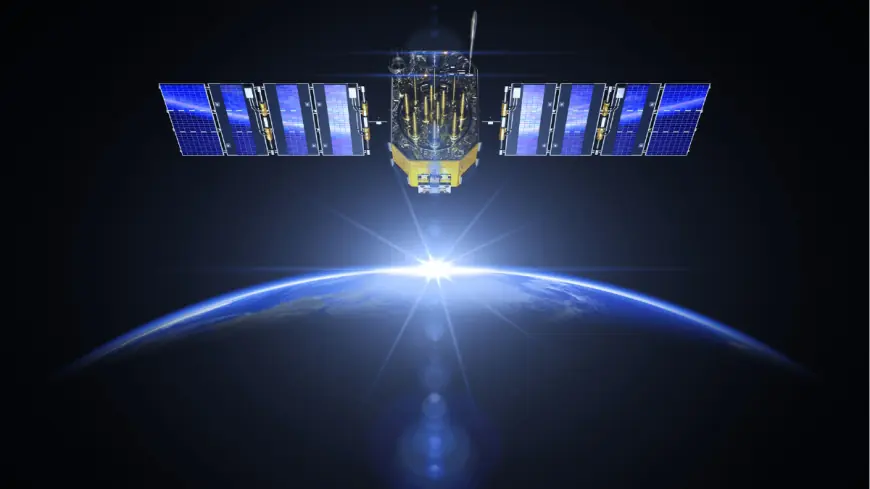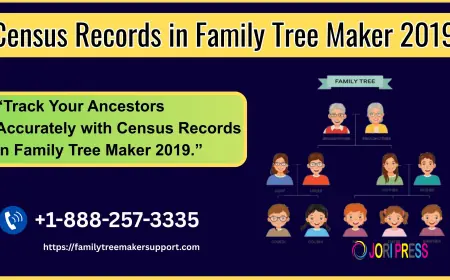Satellite Communication Systems: Driving the Future of Global Telecommunications
The satellite communication market comprises the technology and services associated with the transmission of signals to and from Earth via orbiting satellites.

Exploring the Satellite Communication Market: Trends, Applications, and Future Scope
- Satellite communication (SatCom) has evolved into one of the most crucial pillars of modern global communication infrastructure.
- It facilitates long-distance voice, data, video, and internet connectivity across regions that are otherwise difficult to serve through terrestrial systems.
- From enhancing defense communications to enabling remote education and healthcare, the satellite communication market plays a vital role in ensuring seamless, global access to information and services.
The satellite communication market comprises the technology and services associated with the transmission of signals to and from Earth via orbiting satellites. It encompasses components such as transponders, antennas, satellite modems, and gateways. The market includes both ground-based infrastructure and space-based assets such as geostationary (GEO), medium Earth orbit (MEO), and low Earth orbit (LEO) satellites.
As global connectivity needs grow, the market is experiencing a surge in demand across various industries including telecommunications, media & entertainment, defense, aviation, maritime, and disaster response.
Key Market Drivers
1. Global Connectivity Initiatives:
Satellite communication has become instrumental in bridging the digital divide, especially in remote and rural areas where terrestrial infrastructure is limited or non-existent.
2. Rising Demand for High-Speed Internet and 5G Integration:
SatCom is increasingly being integrated into 5G networks to enhance data speed and coverage. Low Earth orbit satellites, in particular, are being deployed to support low-latency, high-bandwidth applications.
3. Military and Defense Applications:
Defense agencies across the globe rely heavily on secure and resilient satellite communication systems for real-time surveillance, intelligence sharing, and battlefield coordination.
4. Growth in Satellite TV and Broadcasting Services:
The demand for direct-to-home (DTH) television and satellite radio services continues to drive the need for advanced satellite communication systems.
5. Commercial Space Sector Growth:
The emergence of private players in the space industry has significantly lowered the cost of satellite launches and operations, expanding the possibilities for commercial satellite communication services.
Major Applications
-
Telecommunication Services: SatCom is used for backhaul, broadband access, and intercontinental links.
-
Navigation and GPS: Enables precise location services, which are essential for aviation, logistics, and autonomous systems.
-
Earth Observation and Remote Sensing: Supports weather forecasting, agriculture monitoring, and environmental studies.
-
Emergency and Disaster Recovery: Provides communication support when terrestrial networks are down or damaged.
-
Aviation and Maritime Connectivity: Ensures onboard internet and communication in aircraft and ships.
Technological Advancements
The satellite communication industry is witnessing rapid advancements, including:
-
Miniaturized Satellite Systems (CubeSats and SmallSats)
-
Reusable Launch Vehicles
-
AI and Machine Learning for Signal Processing
-
Quantum Cryptography for Secure Communication
-
Software-Defined Satellites
These technologies are improving system performance, reducing costs, and enabling more flexible satellite missions.
Challenges Faced by the Market
Despite its advantages, the satellite communication market is not without challenges:
-
High Initial Deployment Costs
-
Spectrum Allocation and Regulatory Barriers
-
Latency Issues (especially in GEO systems)
-
Space Debris and Orbital Congestion
-
Cybersecurity Threats
Mitigating these challenges requires international collaboration, robust cybersecurity frameworks, and investment in next-gen satellite technologies.
The future of the satellite communication market appears robust, with increasing investments from both governments and private enterprises. With the proliferation of LEO satellite constellations, such as those being launched by tech giants and new space entrants, satellite internet access is expected to become faster, more affordable, and more accessible.
Additionally, the integration of satellite communication with emerging technologies like AI, IoT, and 6G is likely to redefine its scope, opening new frontiers in autonomous mobility, smart cities, and remote healthcare services.
Satellite communication is poised to remain a foundational element of the global digital ecosystem. As the demand for real-time, high-speed, and secure data transmission grows, the SatCom market will continue to innovate and expand across diverse sectors. Its role in fostering global connectivity, driving digital transformation, and supporting strategic communication needs ensures its relevance in the future of both terrestrial and extraterrestrial technology landscapes.
What's Your Reaction?
 Like
0
Like
0
 Dislike
0
Dislike
0
 Love
0
Love
0
 Funny
0
Funny
0
 Angry
0
Angry
0
 Sad
0
Sad
0
 Wow
0
Wow
0

















































